Benjamin R Stewart
age ~39
from Batavia, OH
- Also known as:
-
- Benjamin T Stewart
- Ben Stewart
- Phone and address:
-
4709 Olive Branch Stonelick Rd, Stonelick, OH 45103
(513)7323933
Benjamin Stewart Phones & Addresses
- 4709 Olive Branch Stonelick Rd, Batavia, OH 45103 • (513)7323933
- 660 Shelley Dr, Batavia, OH 45103
- San Leandro, CA
Work
-
Company:Maple street associates - Golden, CO
Education
-
School / High School:University of California, Berkeley- Berkeley, CAAug 2002
-
Specialities:Bachelor of Letters and Science in Integrative Biology
Isbn (Books And Publications)

The Gift of Hope in the Wake of the 2004 Tsunami And 2005 Hurricanes
view sourceAuthor
Benjamin Stewart
ISBN #
1933630019
Medicine Doctors

Benjamin L. Stewart
view sourceSpecialties:
Family Medicine
Work:
Family Practice Center
1100 Montour Rd, Loysville, PA 17047
(717)7893553 (phone), (717)7893198 (fax)
1100 Montour Rd, Loysville, PA 17047
(717)7893553 (phone), (717)7893198 (fax)
Education:
Medical School
Philadelphia College of Osteopathic Medicine
Graduated: 2005
Philadelphia College of Osteopathic Medicine
Graduated: 2005
Procedures:
Arthrocentesis
Continuous EKG
Destruction of Benign/Premalignant Skin Lesions
Electrocardiogram (EKG or ECG)
Hearing Evaluation
Osteopathic Manipulative Treatment
Pulmonary Function Tests
Vaccine Administration
Continuous EKG
Destruction of Benign/Premalignant Skin Lesions
Electrocardiogram (EKG or ECG)
Hearing Evaluation
Osteopathic Manipulative Treatment
Pulmonary Function Tests
Vaccine Administration
Conditions:
Acute Sinusitis
Acute Upper Respiratory Tract Infections
Allergic Rhinitis
Anxiety Phobic Disorders
Disorders of Lipoid Metabolism
Acute Upper Respiratory Tract Infections
Allergic Rhinitis
Anxiety Phobic Disorders
Disorders of Lipoid Metabolism
Languages:
English
Italian
Spanish
Italian
Spanish
Description:
Dr. Stewart graduated from the Philadelphia College of Osteopathic Medicine in 2005. He works in Loysville, PA and specializes in Family Medicine.
Name / Title
Company / Classification
Phones & Addresses
President
P.T. CHURCH OF GOD IN CHRIST
1915 Mc Allister St, San Francisco, CA 94115
R & B COMMERCIAL & RESIDENTIAL CLEANING LLC
STEWART AUTO GROUP CLEVELAND TOLEDO LLC
Owner
Dr Systems
Direct Mail Advertising Services
Direct Mail Advertising Services
2590 Durant Ave, Berkeley, CA 94704
Incorporator
WASHINGTON DISTRICT AREA COUNCIL, INC
Incorporator
GLENN ALICE IMPROVEMENT ASSOCIATION
Us Patents
-
Detecting And Isolating Television Program Content From Recordings Of Television Airings
view source -
US Patent:20180176634, Jun 21, 2018
-
Filed:Dec 19, 2016
-
Appl. No.:15/383958
-
Inventors:- Mountain View CA, US
Jason R. Kimball - San Mateo CA, US
Benjamin P. Stewart - Mountain View CA, US -
Assignee:Google Inc. - Mountain View CA
-
International Classification:H04N 21/433
H04N 21/4147
H04N 21/432
H04N 21/647
H04N 21/472
H04N 21/234
H04N 21/41
H04N 21/233
H04N 21/2187 -
Abstract:Various implementations process a television content stream to detect program boundaries such as the starting point and ending point of the program. In at least some implementations, program boundaries such as intermediate points between the starting point and ending point of the program are also detected. The intermediate points correspond to where a program pauses for secondary content such as an advertisement or advertisements, and then resumes once the secondary content has run. Once program boundaries are detected, primary content is isolated by removing secondary content that occurs before the starting point and after the ending point. In at least some implementations, secondary content that occurs between detected intermediate points is also removed. The primary content is then recorded without secondary content that originally comprised part of the original television content stream.
-
Content Capture And Distribution System
view source -
US Patent:20180097859, Apr 5, 2018
-
Filed:Sep 29, 2017
-
Appl. No.:15/721481
-
Inventors:- Mountain View CA, US
Benjamin P. Stewart - Mountain View CA, US -
Assignee:Google Inc. - Mountain View CA
-
International Classification:H04L 29/06
H04H 40/18 -
Abstract:Content capture and distribution systems and techniques are described. In an example, radio frequency signals that carry content are captured by one or more antennas of a content capture system. The content is converted from radio frequency signals the carry the content into an internet protocol format by the content capture system. The converted content is transmitted by the content capture system via a network transfer protocol (e.g., HTTP) for receipt by a content distribution system via a network. The converted content is configured by the content distribution system for streaming via a network streaming protocol. The content is then streamed by the content distribution system via the network using the network streaming protocol for receipt and rendering by at least one client device.
Resumes
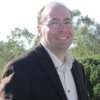
Biomedical Scientist At Lawrence Livermore National Laboratory
view sourcePosition:
Biomedical Scientist at Lawrence Livermore National Laboratory
Location:
San Francisco Bay Area
Industry:
Research
Work:
Lawrence Livermore National Laboratory since Feb 2012
Biomedical Scientist
Lawrence Livermore National Laboratory Feb 2009 - Feb 2012
Postdoctoral Researcher
Biomedical Scientist
Lawrence Livermore National Laboratory Feb 2009 - Feb 2012
Postdoctoral Researcher
Education:
University of Colorado 2003 - 2008
Doctor of Philosophy (Ph.D.), Toxicology Brigham Young University 2001
Bachelor of Science (B.S.), Molecular Biology
Doctor of Philosophy (Ph.D.), Toxicology Brigham Young University 2001
Bachelor of Science (B.S.), Molecular Biology
Skills:
Microscopy
Western Blotting
Assay Development
Scientific Writing
LC-MS
HPLC
Quantitative Metabolism
C/C++ Programming
Linux
Analytical Biochemistry
Mammalian Cell Culture
Bacterial Cell Culture
Scientific Computing
Isotope Tracer Experiments
Western Blotting
Assay Development
Scientific Writing
LC-MS
HPLC
Quantitative Metabolism
C/C++ Programming
Linux
Analytical Biochemistry
Mammalian Cell Culture
Bacterial Cell Culture
Scientific Computing
Isotope Tracer Experiments
Languages:
English
German
German

Benjamin Stewart
view source
Benjamin Stewart
view source
Benjamin Stewart
view source
Baker
view sourceWork:
Columbia City Bakery
Baker
Baker

Benjamin Stewart
view source
Benjamin Stewart
view sourceLocation:
United States

Benjamin Stewart
view sourceLocation:
United States
Lawyers & Attorneys

Benjamin Guthrie Stewart, Cincinnati OH - Lawyer
view sourceAddress:
One East Fourth St. Suite #1400, Cincinnati, OH 45202
(513)5796405 (Office)
(513)5796405 (Office)
Licenses:
Ohio - Active 2007
Education:
University of Chicago Law School

Benjamin Ross Stewart - Lawyer
view sourceLicenses:
Georgia - Active Member in Good Standing 2013
Education:
Notre Dame Law School

Benjamin Oliver Stewart - Lawyer
view sourceLicenses:
New Jersey - Active 2010
Plaxo

Benjamin Stewart
view sourceCUNY Kingsborough Community College

Stewart Benjamin
view source
Benjamin Stewart
view source
Benjamin Stewart
view sourceQuincy, FL, United States

Benjamin Stewart
view source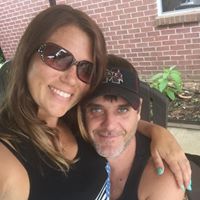
Benjamin H. Stewart
view source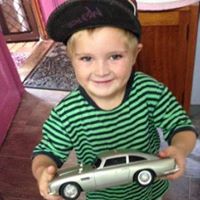
Benjamin Stewart
view source
Benjamin Stewart Jr.
view source
Benjamin D Stewart
view source
Benjamin Adam Stewart
view source
Benjamin Stewart Jr.
view source
Benjamin Phillip Stewart
view sourceYoutube
Classmates

Benjamin Stewart
view sourceSchools:
Saint Josephs School Williston ND 1979-1980, Wilkinson Elementary School Williston ND 1980-1981, Lewis & Clark Elementary School Williston ND 1981-1985, Hagan Elementary School Williston ND 1985-1987, Williston Junior High School Williston ND 1987-1988, Ray High School Ray ND 1988-1993
Community:
Monica Kjonaas, Jimmy Anderson, Renee Newton, Linda Davidson, Art Gardon, Jamie Metcalf

Benjamin Stewart
view sourceSchools:
St. Martin's High School Lacey WA 1969-1969
Community:
William Davison, Carl Schroeder, David Morgan, Mickey Greisen, Tony Rader

Benjamin Stewart
view sourceSchools:
Woodland High School Woodland AL 1993-1997
Community:
Melissa Green, John Baker, Sherry Long, Sonya Johnson, James Griggers

Benjamin Stewart
view sourceSchools:
Del Sol High School Las Vegas NV 2002-2006
Community:
Linda Dear, Milagros Gonzalez

Benjamin Stewart
view sourceSchools:
Kennedy High School New Orleans LA 1982-1986
Community:
Tom Robertson

Benjamin Stewart
view sourceSchools:
St. Andrew Technical High School Kingston MO 1980-1984
Community:
Junior Thompson, Andrea Moore, Zelpha Brown

Benjamin Stewart
view sourceSchools:
Shirley Hills Elementary School Warner Robins GA 1975-1979, Western Hills Elementary School Ft. Worth TX 1977-1980
Community:
Lynn Waugh, Gabe Grall

Benjamin Stewart
view sourceSchools:
Colmesneil High School Colmesneil TX 1994-1998
Community:
Kristy Whitley, Elizabeth Grammer, Chris Gooden, Thomas Richey
News

UWF fights for cancer cure
view source- The survivor lap is important because it helps us remember those who have not survived, Benjamin Stewart, junior archaeology major and cancer survivor said. It is personally important to me because it is a symbol of the journey we take through cancer and the struggle.
- Date: Apr 13, 2011
- Category: Health
- Source: Google
Myspace
Flickr
Googleplus
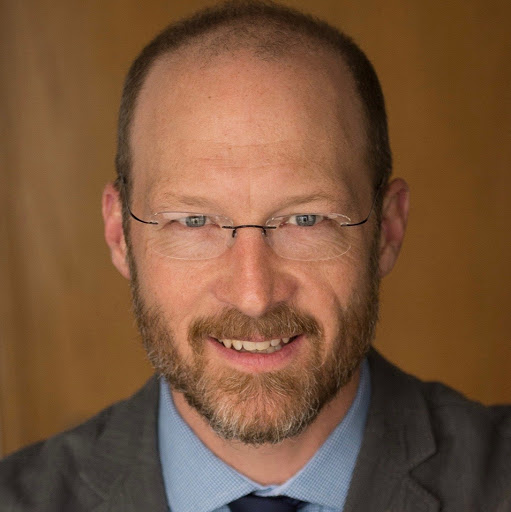
Benjamin Stewart
Work:
Lutheran School of Theology at Chicago - Assistant Professor of Worship (2009)
Education:
Emory University - Religion, PhD, Lutheran Theological Seminary at Philadelphia - Liturgical Theology, STM, Trinity Lutheran Seminary - M.Div, Capital University - Political Science, B.A.
Tagline:
Lutheran School of Theology at Chicago
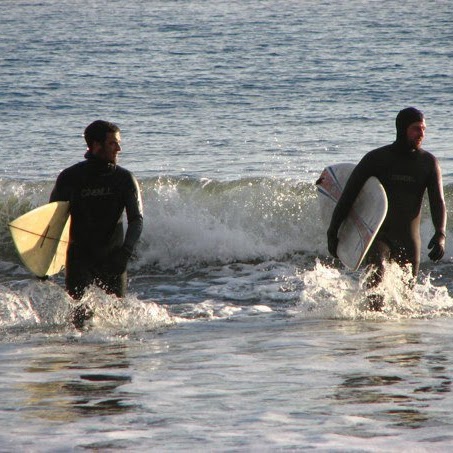
Benjamin Stewart
Work:
University of Victoria - Research Assistant (2008)
ESRI Canada - Software Consultant (2007-2008)
ESRI Canada - Software Consultant (2007-2008)
Education:
University of Victoria - Geography, COGS - GIS, University of King's College - Biology and the History of Science and Technology
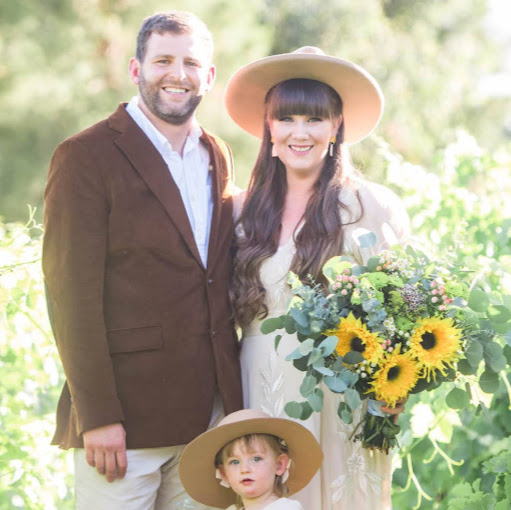
Benjamin Stewart
Work:
The Walt Disney Company - Chef Cook 1
Education:
Le Cordon Bleu

Benjamin Stewart
Work:
Sharjah - F.M.
Education:
Holy Cross Bombay

Benjamin Stewart (Middle)
Education:
Ferney, Hunt Elementary

Benjamin Stewart
Education:
Indiana University Southeast - Pre-Pharmacy
Relationship:
Married
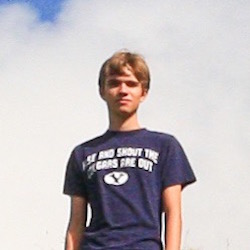
Benjamin Stewart
Work:
Middle (2011)

Benjamin Stewart
Education:
Timaru Boys High School
Get Report for Benjamin R Stewart from Batavia, OH, age ~39


















